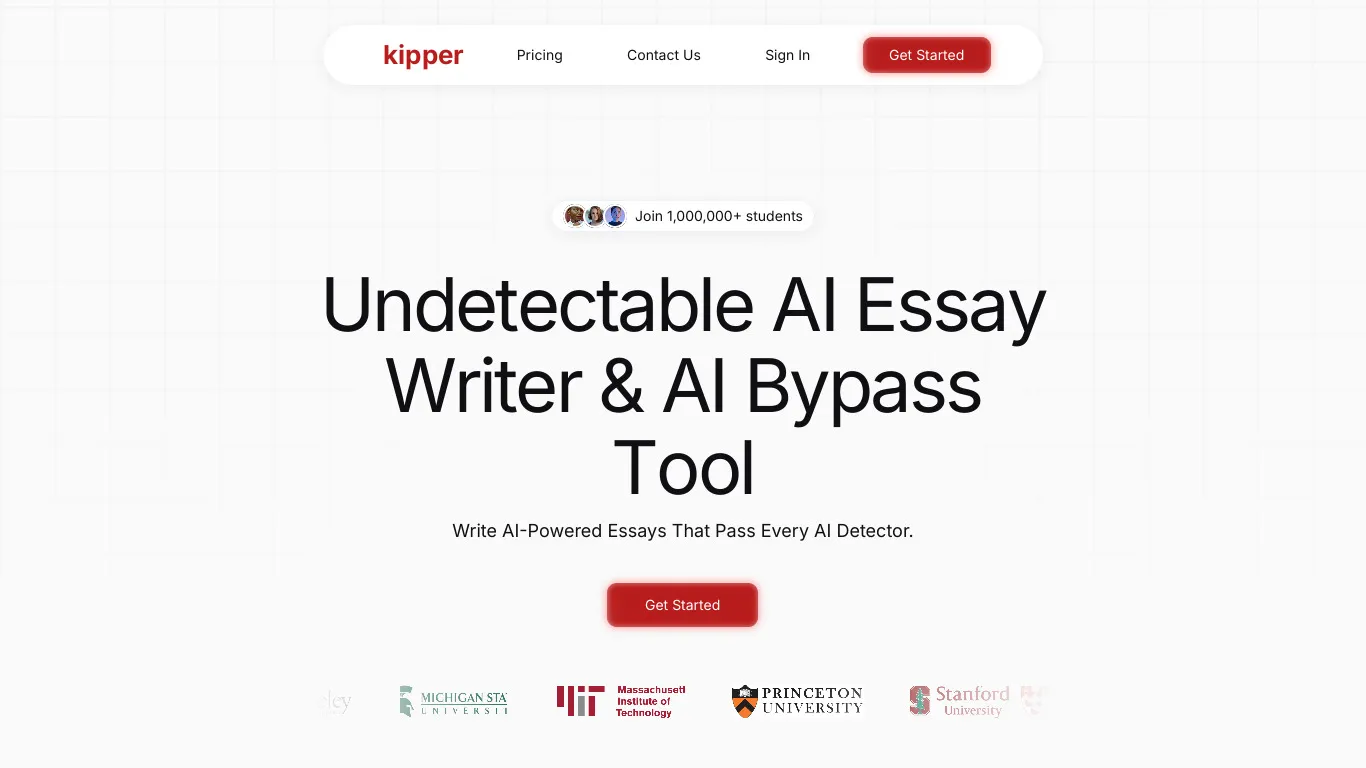Are you wondering what are the AI detection AI software advantage for your business? In the age of pervasive artificial intelligence, understanding these tools is essential. In this article, we'll take a look at how AI detection software is redefining how we approach technology.
What is AI detection software?
An AI detection software is a tool that uses theartificial intelligence to identify and analyze patterns or anomalies in the data. By 2025, more than 75% of businesses are using this software to optimize their operations and ensure the security of their systems. This software is capable of learning and adapting continuously thanks to sophisticated machine learning and deep learning algorithms.
They are used in a variety of sectors, such as cybersecurity, finance, healthcare, and logistics. For example, in cybersecurity, they detect suspicious activity on networks, while in finance, they identify fraudulent transactions. Their ability to process massive volumes of data in real time makes them indispensable tools in the age of big data.
The benefits of AI detection software
Analysis of large amounts of data in real time
Businesses today generate astronomical amounts of data. According to a recent study, each individual produces an average of 1.7 megabytes of new information per second. Les AI detection software are able to process and analyze this massive data in real time, which is impossible with traditional methods. This allows businesses to make informed decisions quickly, improving their market responsiveness.
Proactive threat detection
The ability to anticipate problems before they occur is a major asset. AI detection software uses predictive models to identify potential threats. For example, in cybersecurity, they can detect abnormal patterns of behavior that often precede an attack. By reducing the average time to detect a threat from 190 days to less than 5 days, businesses can save up to €3.86 million per incident avoided.
Improving detection accuracy
Machine learning algorithms make it possible to achieve a increased precision in detecting anomalies. Unlike systems based on fixed rules, AI software is constantly learning from new data, improving its efficiency. For example, the false positive rate can be reduced by 50%, which means fewer resources wasted on irrelevant alerts.
Automating repetitive tasks
One of the notable benefits is the ability to automate tedious and repetitive tasks. This frees up time for employees, who can focus on higher value-added tasks. For example, a business can save up to 20 hours of work per week by automating system monitoring, which represents an annual savings of over 15,000 euros in labor costs.
Adapting to new threats
Threats are evolving rapidly, and traditional systems are struggling to keep up. AI detection software is designed to adapt to new forms of threats in real time. They can incorporate new information and adjust their models without human intervention, ensuring ongoing protection against emerging threats.
Impact on businesses
The adoption of AI detection software has a significant impact on business performance. According to a survey conducted in 2024, businesses that integrated this software saw an average 35% increase in operational efficiency. In addition, they saw a 20% reduction in the costs associated with security incidents. These figures show that investing in AI detection software pays off in the long term.
In addition, these tools build customer trust. With cyberattacks increasing by 15% every year, the ability to protect customer data has become a major competitive advantage. 60% of consumers say they are more likely to trust a business that uses advanced technology to secure their information.
Challenges and limitations
Despite the many benefits, adopting AI detection software is not without challenges. The main obstacle is the high initial cost. Businesses need to invest in robust infrastructures and qualified personnel to manage these systems. On average, deploying such software can cost between 100,000 and 500,000 euros depending on the size of the organization.
La data security and confidentiality are also major concerns. With 29% of businesses reporting data breaches related to the use of poorly secured AI systems, it's crucial to have robust protocols in place to protect sensitive information.
Finally, dependence on these systems can lead to a lack of human skills. It is important to find a balance between automation and human expertise to ensure effective decision making.
The future of AI detection software
The market for AI detection software is growing. By 2030, it is expected to reach a value of 50 billion euros, i.e. an annual growth of 15%. Advances in machine learning and neural networks promise even better software.
Future trends include the integration of emotional AI, allowing systems to understand and respond to emotional signals. In addition, the rise ofEdge computing will allow faster and secure analyses, directly on the devices used, thus reducing the risks associated with data transmission.
In short, the benefits of AI detection software are undeniable. They offer powerful tools for analyzing, forecasting, and automating, giving businesses a significant competitive advantage. However, it is essential to consider the associated challenges in order to maximize their potential. In a world where the quantity of data doubles every 18 months, this software represents an essential revolution in redefining our approach to technology.





















